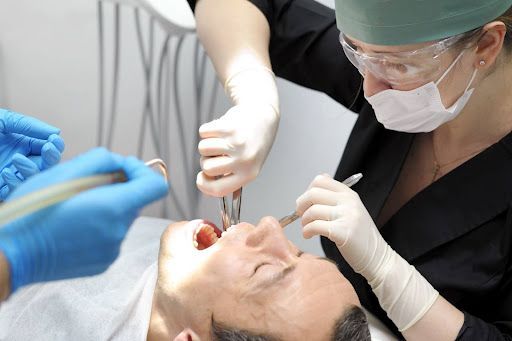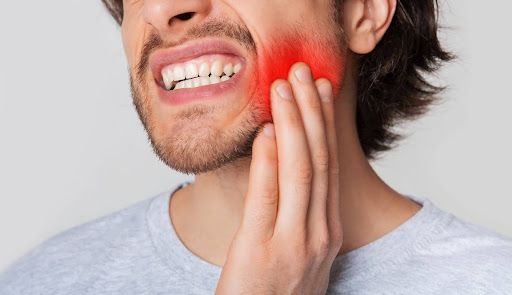How to Make Flossing Easier
July 21, 2022
We all know how important flossing is for preventing gum disease, but we don’t always do it as much as we should. It can be seen as a mundane, boring, or even painful task. However, if you floss the right way with the right methods, it can actually be enjoyable as opposed to a chore! Follow these tips and tricks for having a more enjoyable flossing experience each night and morning.
Choose the Right Type of Floss
Did you know that there are many different types of floss? Picking the right one for you can make flossing much more enjoyable. Waxed floss is most commonly used, and it’s made of nylon material. The wax allows the floss to be stronger, which means it most likely won’t break or shred apart. It also helps the floss glide between the teeth more smoothly. However, since the wax makes the floss thicker, it’s not ideal for those with little to no gaps in their teeth.
Unwaxed floss has no wax or chemicals, which also means it has no artificial flavoring. It’s better for those who have smaller gaps in their teeth, since unwaxed floss is much thinner. However, since it is thinner, it’s more prone to shredding apart while flossing.
PTFE floss is made of a material known as polytetrafluorethylene, which is a strong material that won’t shred or break while you use it. Since it’s smooth, it’s easy to use in between tight gaps or crowded teeth.
Super floss is a special type of floss that is best for individuals with bridges, braces, or wide gaps in their teeth. Super floss comes in different types: regular, spongy floss, and with a stiff end threader. The threader allows you to use the floss under and over bridges, brackets, and other dental fixtures.
Use Enough Floss
Don’t skimp out on the amount of floss you use. If you use a piece that’s too short, not only will flossing not be as effective, but it will keep slipping out of your fingers, which will make for a much more frustrating process. You should use about 12-18 inches of floss. Wrap the dental floss around the middle finger of each hand with a couple of inches in between your hands.
This method will allow you to use a clean section of floss between every tooth so you’re not reusing the same piece. Having it tightly wound around your fingers (but not too tight!) will give you more control and precision. This will allow you to target visual food particles and remove more plaque along the gum line.
Be Gentle
Flossing harder doesn’t mean you’re flossing more effectively – in fact, if you floss too aggressively, you can damage your gums. Your gums are extremely sensitive, so if you floss too hard and hurt them, you may associate flossing with pain. However, it should never be painful and you should be as gentle as you can be while still targeting plaque.
Try a Water Flosser
If you can’t seem to stick to a consistent flossing routine, try using a waterpik (also known as a water flosser) to switch it up. This is an appliance that shoots out a highly pressurized stream of water to clean the gums and teeth of plaque and buildup. It also gets rid of any food stuck in between the teeth. Waterpiks tend to not remove as much plaque as regular floss, so try a combination of both.
Schedule Your Appointment Today
To make sure you’re flossing effectively and your gums are healthy, schedule your appointment with Stephens Dentistry today. If you’re wondering, “are dentists supposed to floss your teeth?” The answer is yes they are! They will thoroughly floss your teeth while showing you the appropriate method.
The team at Stephens Dentistry is dedicated to ensuring you have all the tools you need for a healthy smile that lasts a lifetime! Give us a call today to schedule your next appointment.
The post How to Make Flossing Easier appeared first on Stephens Dentistry.







